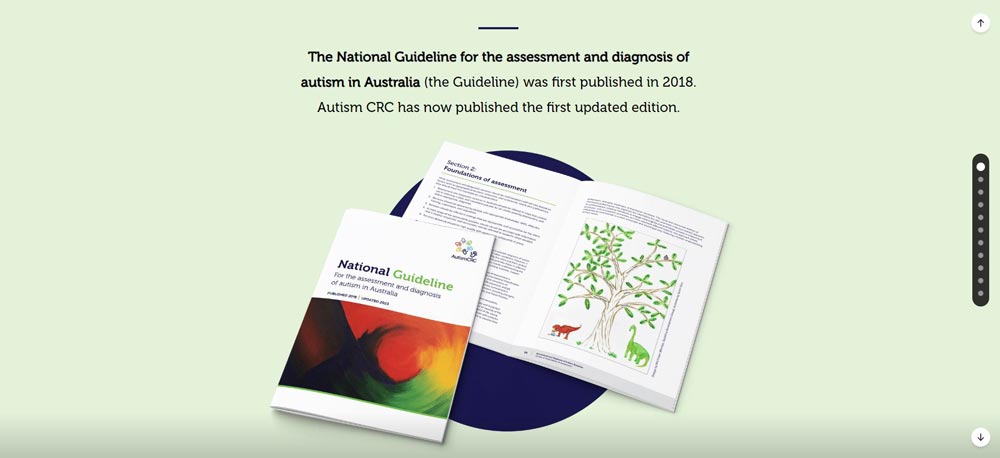Second edition overview
To remain relevant, Guidelines must be updated periodically, given that community views and preferences, as well as research evidence, change over time.
The second edition (2023) of the Guideline builds on, rather than replaces, the evidence that informed the 2018 edition. This means that any learning that you have completed in relation to the 2018 edition, provides you with an excellent foundation for practice to now further build on.
While most Recommendations remain similar in practice, you may find the updated Guideline:
- Easier to read
- Expands on practical information
- Allows for increased flexibility
- Includes updates to language and terminology with a focus on neurodiversity-affirming practice.
We’ve developed a microlearning module to step you through the updates made to the Recommendations included in the latest edition of the Guideline.
The following microlearning is designed to ensure you feel fully informed and supported when implementing Recommendations in clinical practice. It will take approximately 10 minutes to review.

